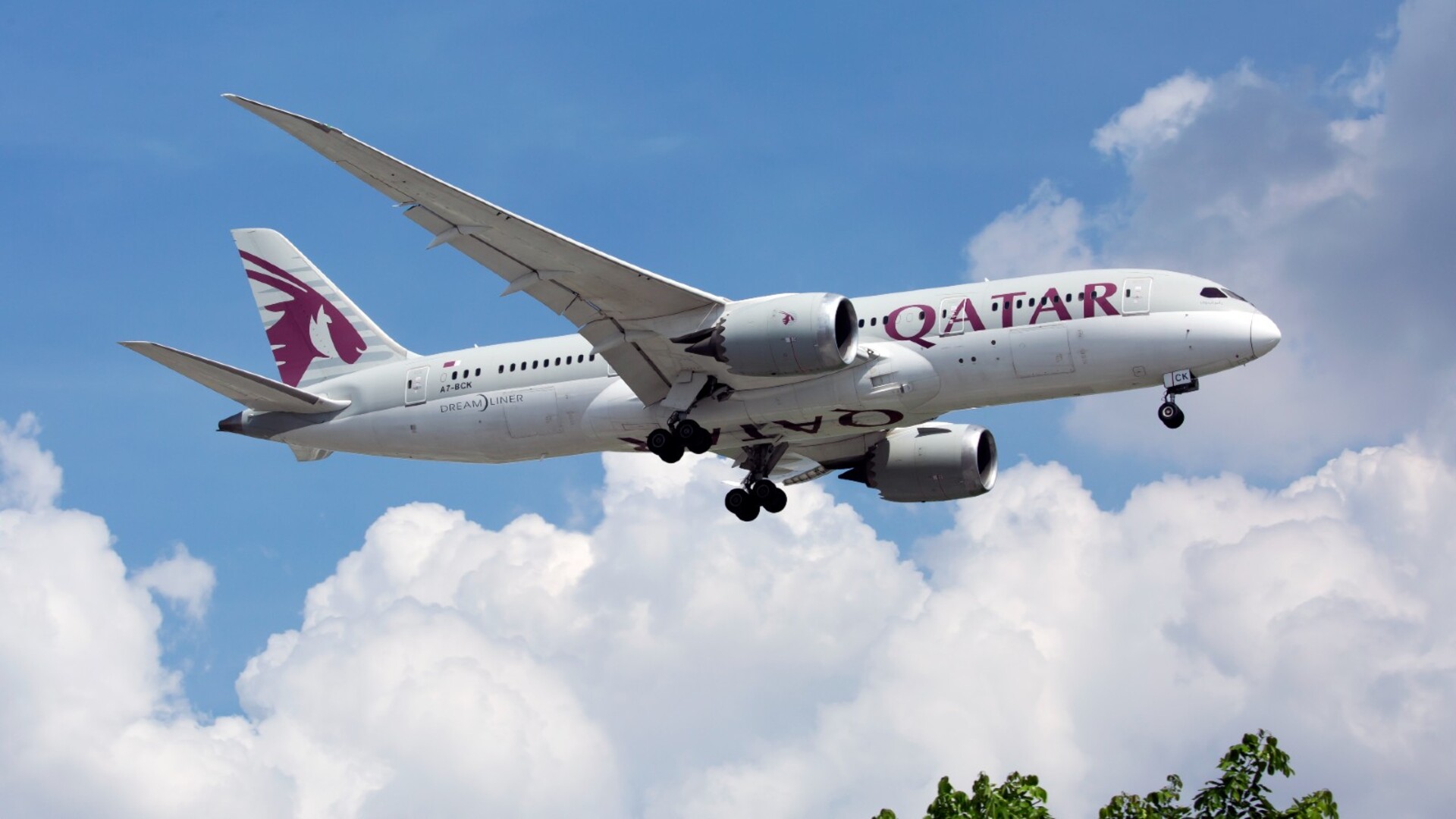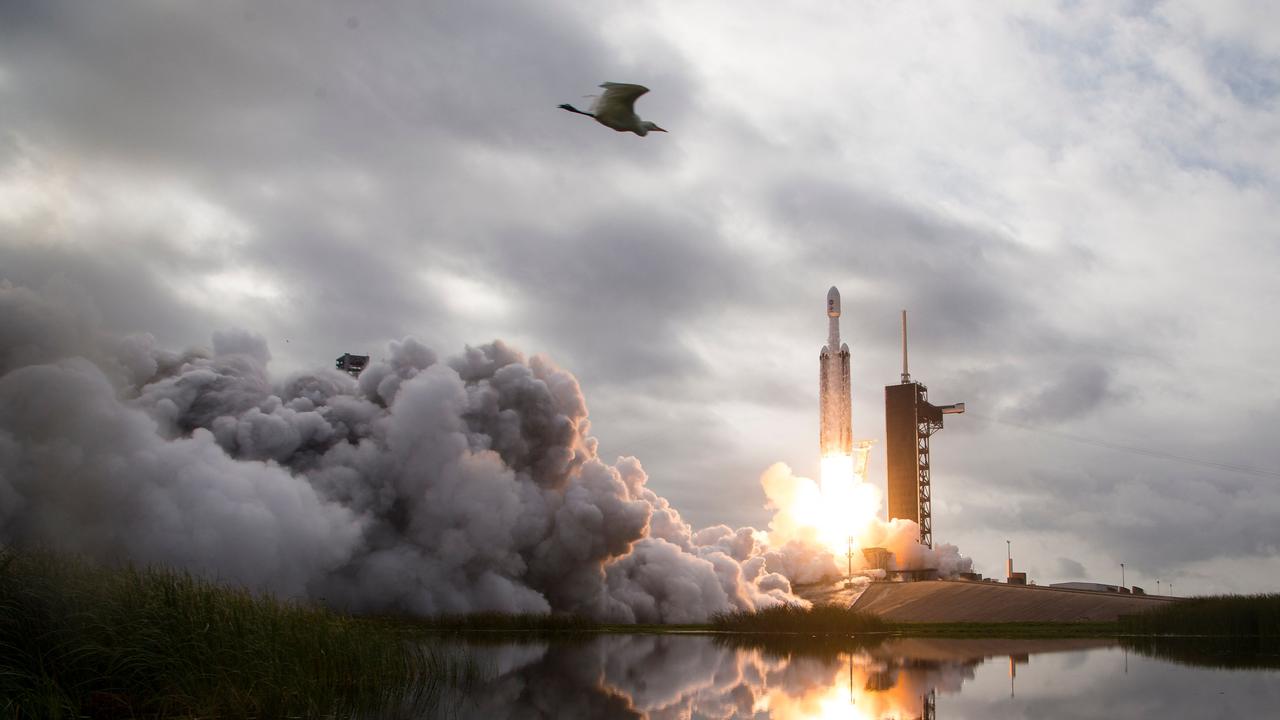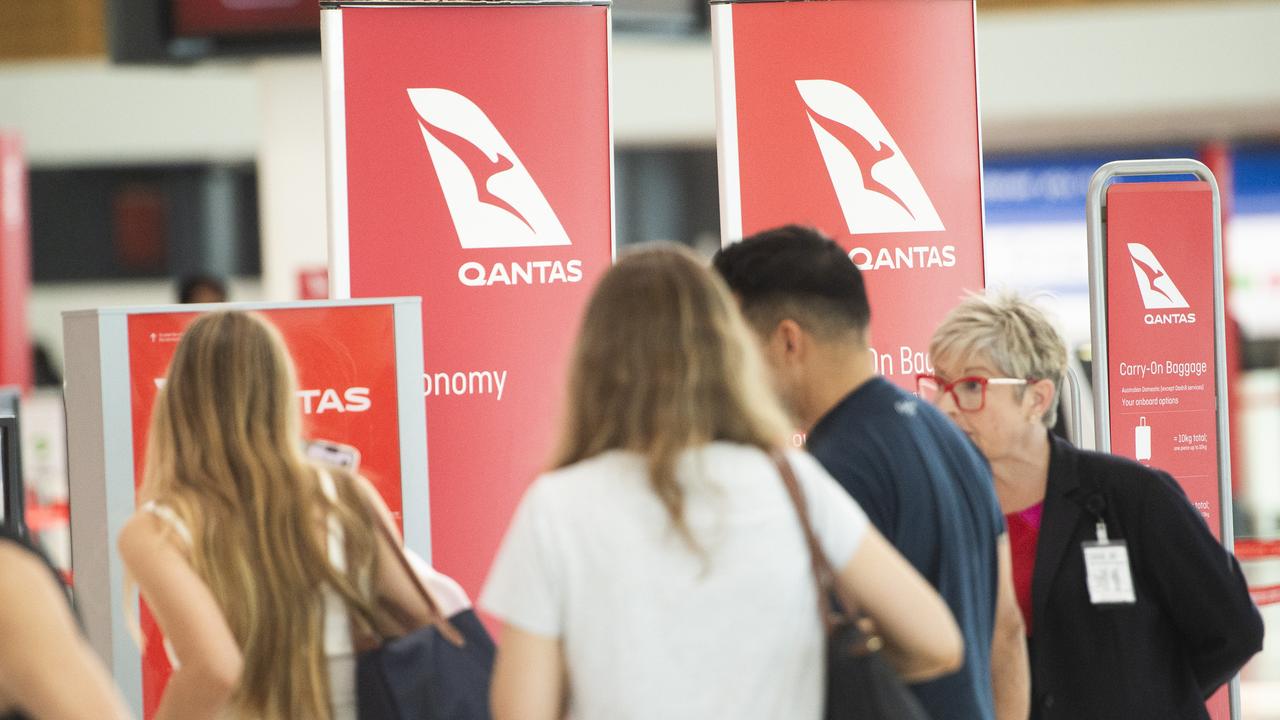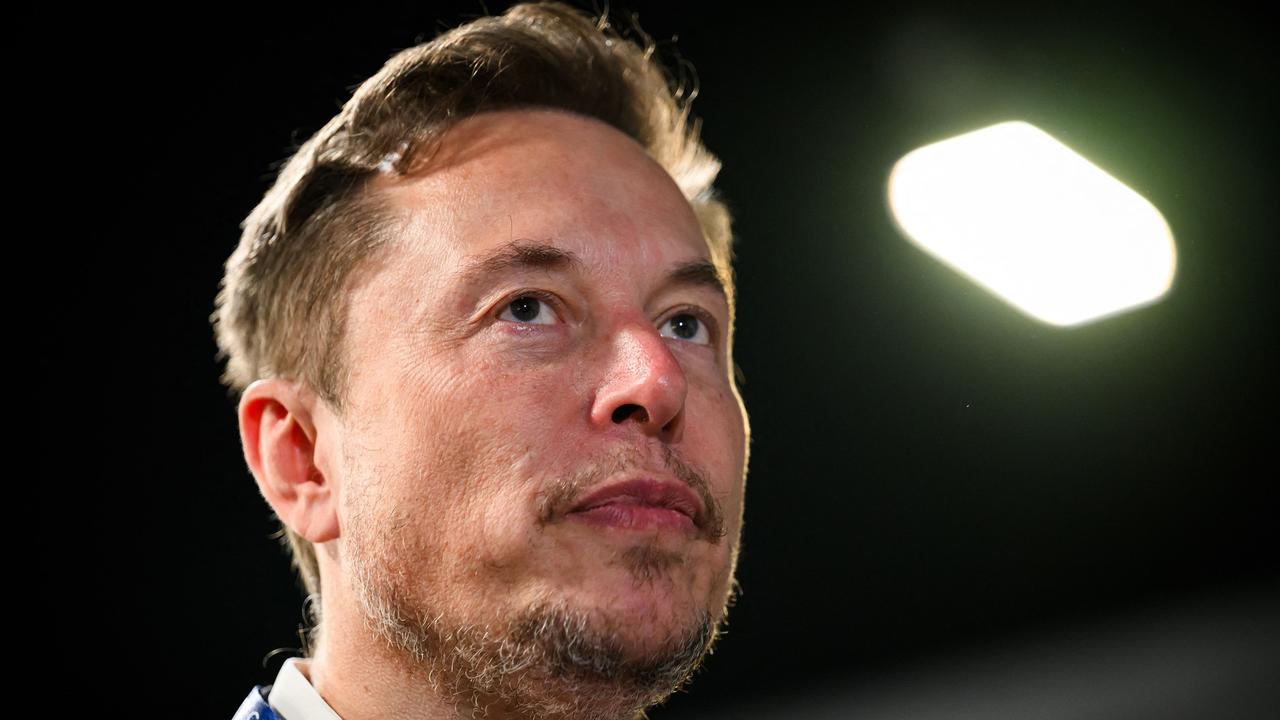Debris from SpaceX rockets delays Qantas flights
The modern space race is causing headaches for Australian travellers at much lower altitudes, and billionaire Elon Musk is at the heart of it.

Qantas flights between Australia and Africa are being repeatedly delayed by falling space rocket debris.
Travellers have been delayed repeatedly in recent weeks, as debris from SpaceX craft falls back to Earth over the southern Indian Ocean.
Qantas has been forced to delay flights between Johannesburg and Sydney at short notice by up to six hours.
The delays come against a backdrop of private and public companies making an ever-increasing number of celestial sojourns.

Qantas operations centre head Ben Holland said the co-ordinates of the debris falling back to Earth could change at short notice.
“Over the past few weeks we‘ve had to delay several flights between Johannesburg and Sydney due to advice received from the US government regarding the re-entry of SpaceX rockets over an extensive area of the Southern Indian Ocean,” he said.
“While we try to make any changes to our schedule in advance, the timing of recent launches have moved around at late notice, which has meant we’ve had to delay some flights just prior to departure. Our teams notify customers of changes to their flight as soon as we know it will be impacted.”
Delays have ranged from one hour up to six hours.

“Customers generally understand this is outside of airlines’ control and that we can’t fly in the area when the rocket re-entry is taking place,” Mr Holland said.
“We’re in contact with SpaceX to see if they can refine the areas and time windows for the rocket re-entries to minimise future disruption to our passengers on the route.”
NewsWire has approached SpaceX for comment.
Last week, Telstra and SpaceX’s Starlink inked a deal that should mean better internet connectivity for regional and remote Australians.
The deal provides “satellite-to-mobile” text messaging, powered by the Starlink satellites, which SpaceX rockets are putting into orbit.

The US Federal Aviation Administration is updating its launch and re-entry rules as more and more companies develop rockets.
In November, a SpaceX Starship rocket launched from Texas. Donald Trump joined SpaceX chief executive Elon Musk to watch the display. SpaceX abandoned plans mid-flight to catch the rocket booster with giant mechanical arms; the booster was steered into the Gulf of Mexico.
The empty spacecraft on top of the rocket detached, as per design, did a lap of Earth and was steered into the Indian Ocean for a destructive landing.
Starship is the world’s biggest and most powerful. NASA and SpaceX plan to take astronauts to the Moon and then Mars on-board the ship.




